Silkytie vs. Puli: Breed Differences and Similarities
Hypoallergenic
Are Silkyties or Pulis hypoallergenic, or neither?
Unfortunately, the Silkytie is not hypoallergenic, making it not a good choice for a dog lover who suffers from pet allergies.
While no dogs are truly 100% hypoallergenic, Pulis are about as close as it gets, making them an ideal pet if you are an allergy sufferer.
Temperament
What are the personalities of Silkytie and Puli dogs?
Playful
Alert
Intelligent
Friendly
Responsive
Affectionate
Quick
Lively
Gentle
Joyful
Inquisitive
Agile
Faithful
Loyal
Energetic
Intelligent
Obedient
Smart
Home-Loving
Shedding Level
Do Silkyties shed more than Pulis, or which breed sheds more, Silkyties or Pulis?
Silkyties are low shedding dogs, requiring minimal coat care.
Pulis shed very little hair, making them a great choice for those who dislike excess hair in the house.
Origin
What is the origin of Silkytie and Puli dog breeds?
United States
Hungary
Ancestry
What are the origins of Silkytie and Puli breeds?
Shetland Sheepdog and Silky Terrier
hungarian shepherd dog
Date of Birth
When were Silkytie and Puli breeds first developed?
Unknown
middle ages
Eye Color Possibilites
What are the eye colors of Silkytie and Puli dogs?
Brown
Brown
Nose Color Possibilites
What are the natural nose colors of Silkytie and Puli?
Black
Black
Coat Color Possibilites
What are the natural colors of the coat for Silkytie and Puli breeds?
Black
Gray
Silver
Cream
White
Brown
Red
Fawn
Black
Gray
White
Coat Length
What is the typical coat length for Silkytie and Puli breeds?
The coat of Silkytie and Puli dogs is generally known for its length.
Coat Density
What is the density of the coat of Silkytie and Puli?
Coat Texture
What is the hair texture of Silkytie and Puli?
Straight
Corded
Litter Size
What is the usual litter size for Silkytie and Puli?
A Silkytie can have a litter of 4-6 puppies on average. However, it's worth noting that the size of the litters can vary greatly. Factors that can influence litter size include the health of the mother, breeding history, and genetics.
A Puli can have a litter of 12-16 puppies on average. However, it's worth noting that the size of the litters can vary greatly. Factors that can influence litter size include the health of the mother, breeding history, and genetics.
Adaptability
The adaptability of Silkytie and Puli dogs is a well-known trait. They are known for being able to adjust well to different living environments and lifestyle changes.
Health Issues
Between Silkytie and Puli, which breed is more prone to health problems?
Silkytie and Puli breeds are generally considered to be healthy. However, like all breeds, they are susceptible to certain health issues and it is important to keep an eye out for them and address them with your veterinarian as needed.
Major Concerns
What are the major health concerns for Silkytie and Puli breeds?
Hip Dysplasia
Legg-Calve Perthes Disease
Progressive Retinal Atrophy
Hip Dysplasia
Minor Concerns
What minor health issues should be kept in mind when owning Silkytie and Puli?
Cataracts
Allergies
Diabetes
Hypothyroidism
Progressive Retinal Atrophy (PRA)
Collie Eye Anomaly (CEA)
Cataracts
Occasional Tests
What occasional tests are recommended for Silkytie and Puli breeds?
Eye Examination
Radiographs
Blood Sugar and Thyroid Tests
Eye
Hip
X-Rays
Eye Examination
Social Needs
Silkytie vs Puli social needs comparison
Silkytie has above average social needs and thrives with interaction with humans and other dogs.
Puli has average social needs and is less independent than other breeds.
Sleeping Need
Which of the two sleeps the most/least: Silkytie or Puli?
Silkyties have moderate energy levels and typical sleep patterns of 12-14 hours per day.
Pulis are active and require sufficient sleep to stay healthy.
Mouthiness
Mouthiness Comparison: Silkytie vs Puli?
Roaming urge
Silkytie vs Labrador: Running away tendency?
Prey Drive
Silkytie or Puli - which breed has a higher level of prey drive?
Activity Level
Which breed has higher energy, Silkyties or Pulis?
Both Silkytie and Puli are medium-energy dogs that enjoy socializing and playing with other dogs. They may engage in casual or sustained games of chase, and occasionally have bursts of barking or racing around the house.
Tolerance of being left alone
Walks per Week
How many miles should Silkytie or Puli walk each week?
Silkytie and Puli generally need a minimum of 8 miles of walking per week, but it can be increased as long as they are comfortable with it.
Activity per Day
Do Silkyties or Pulis require more exercise?
In general most Silkyties usually need at least 30 minutes of exercise daily. This can be spread across the day and include all sorts of high-energy activities, like walking, running and playing.
In general most Pulis usually need at least 60 minutes of exercise daily. This can be spread across the day and include all sorts of high-energy activities, like walking, running and playing.
Grooming
Which breed is easier to maintain in terms of grooming, Silkyties or Pulis?
These breeds are known for having high grooming needs.
Brushing Frequency
What is the recommended brushing frequency for Silkytie and Puli dogs?
Silkytie should be brushed at least once a week. Of course you can give them more frequent brushes if you find that they are still shedding a lot
In general Puli should be brushed at least once a month. Of course you can give them more frequent brushes, especially if they enjoyed it
Brushing Tools
What brushing tools are used for Silkyties and Pulis?
Pin Brush
Slicker Brush
Nail Clipper
Pin Brush
Clipper
Nail Clipper
Cups
How much food should be given to Silkytie or Puli in cups?
For an average 10-20 pound (5 - 9 kg) Silkytie feed 1 cups daily. But, keep in mind, the amount you feed is going to be dependent on the quality of the food you are feeding.
For an average 30-35 pound (14 - 16 kg) Puli feed 2 cups daily. But, keep in mind, the amount you feed is going to be dependent on the quality of the food you are feeding.
Daily Cost
Which breed has a higher daily cost, Silkytie or Puli?
The average cost of a Silkytie is somewhere $1.40 - $1.70 per day.
The average cost of a Puli is somewhere $2.10 - $2.80 per day.
Monthly Cost
Which breed has a higher monthly cost, Silkytie or Puli?
The average per month expenses of a Silkytie is between $35 - $42. This makes an average of $420 - $504 per year. It will be on the higher side when the dog is still small because it will need more frequent visits to the vet, shots.
The average per month expenses of a Puli is between $63 - $84. This makes an average of $756 - $1008 per year. It will be on the higher side when the dog is still small because it will need more frequent visits to the vet, shots.
Sensitivity Level
How do Silkytie and Puli compare in sensitivity?
This breed is sensitive to its environment and best suited for patient and understanding families with a consistent routine.
This breed is sensitive and requires gentle handling and a calm home environment.
Apartment Friendly
Which breed is more apartment-friendly: Silkytie or Puli?
The Silkytie is a great apartment dog, thriving with sufficient exercise and time outside as part of their daily routine.
The Puli is not suitable for apartments and requires a large yard to thrive. Pent-up energy in small spaces can lead to destructive behavior.
Child Friendly
Do Silkyties or Pulis have a friendlier temperament towards children?
Silkytie and Puli are kid-friendly dogs. They are good with children and excellent dogs with children if they are socialized and trained at a young age.
Senior-friendly
Which dog is more suitable as a pet for the elderly - Silkytie or Puli?
Cat Friendly
Do Silkytie or Puli breeds have a better compatibility with cats?
Silkyties are good with cats, but early training is needed to prevent chasing behavior.
Pulis are average in their friendliness toward cats and tend to do well with them, especially if raised together.
Dog Friendly
Which breed is more sociable with other dogs: Silkytie or Puli?
{Silkyties and Pulis are average friendly towards other dogs. If they are raised with other dogs, they are likely to get along with them. And, if they are socialized properly from a young age, they will usually be great with other dogs.
Pet friendly
How do Silkytie or Puli dogs interact with other pets?
Stranger Friendly
Which breed is more friendly with strangers: Silkytie or Puli?
Silkyties are averagely friendly around strangers but benefit from early socialisation.
Pulis are quick to announce strangers and can be standoffish or suspicious.
Playfulness
Which breed is more playful between Silkytie and Puli?
Silkytie and Puli are playful dogs. So, no matter how busy the day may get, the best thing you can do for Silkytie and Puli is to make time each day to play. It can be as little as 15-20 minutes, and it will mean the world to them.
Trainability
How do the trainability levels of Silkyties and Pulis compare?
Silkytie and Puli dogs are known for their ease of training and ability to learn quickly, making them a popular choice for pet owners and trainers alike.
Compare Silkytie with other breeds

Sheprador
Silkytie vs Sheprador

American Bulldog
Silkytie vs American Bulldog
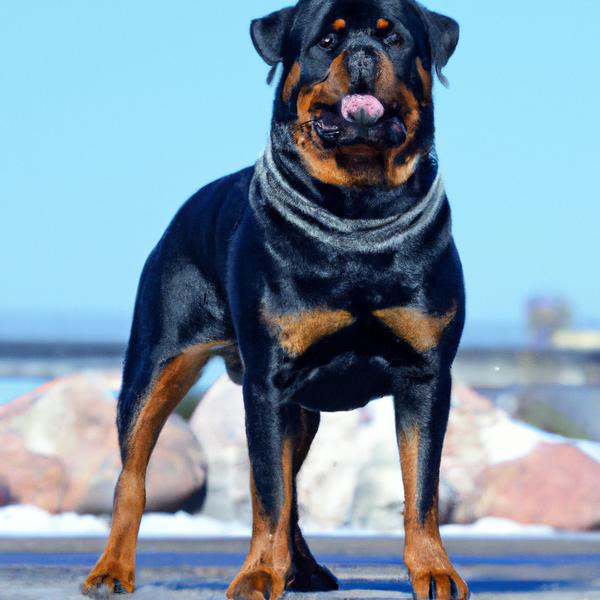
Rottsky
Silkytie vs Rottsky
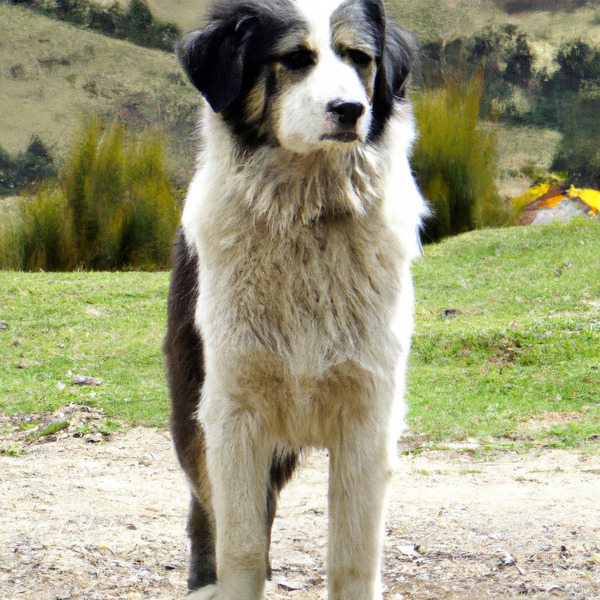
Mucuchies
Silkytie vs Mucuchies
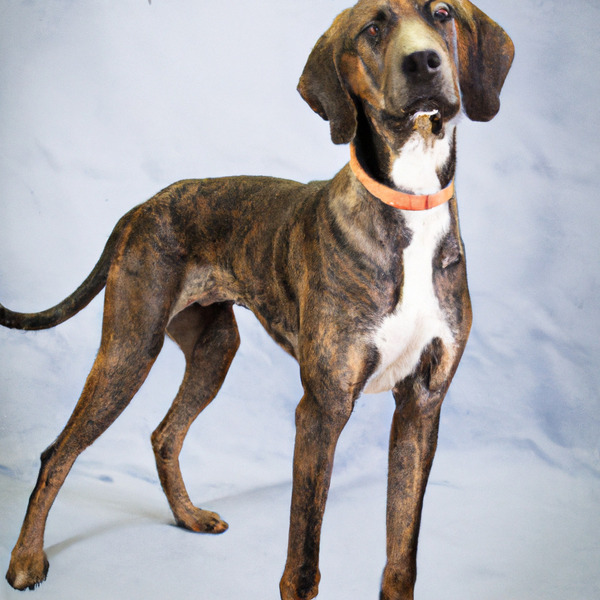
Plott Hound
Silkytie vs Plott Hound
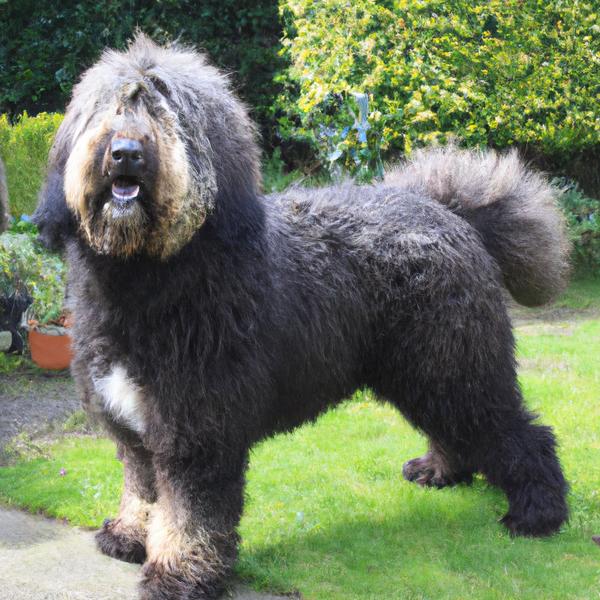
Cairnoodle
Silkytie vs Cairnoodle

Cortese
Silkytie vs Cortese
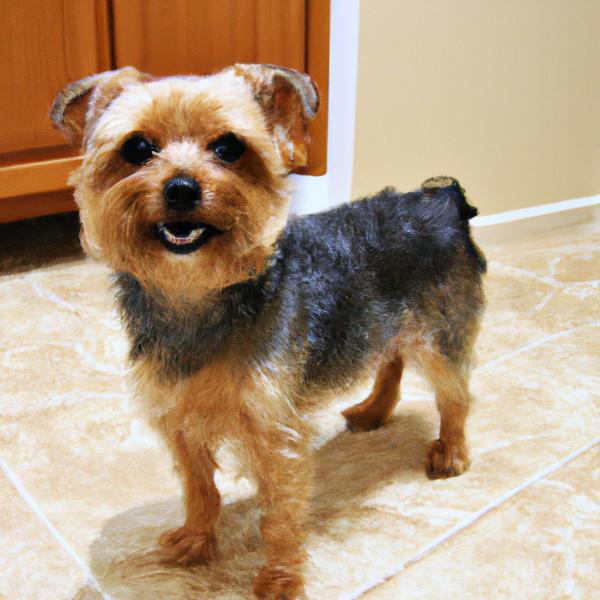
Yorkie-ton
Silkytie vs Yorkie-ton

Bloodahouli
Silkytie vs Bloodahouli

Pom-Kee
Silkytie vs Pom-Kee
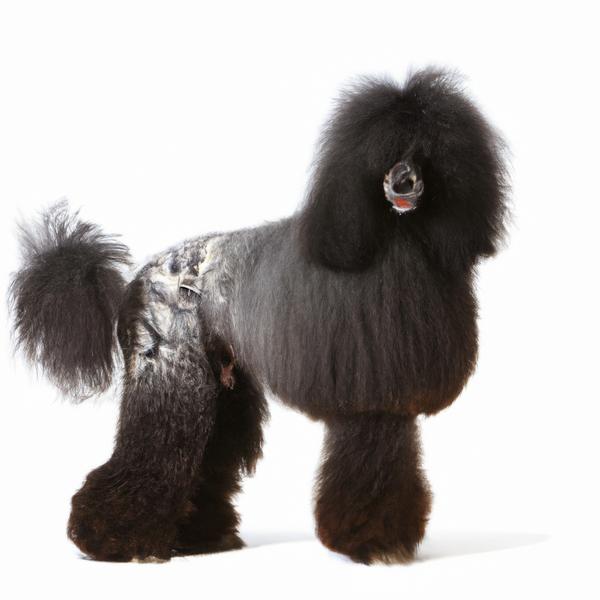
Puli
Silkytie vs Puli
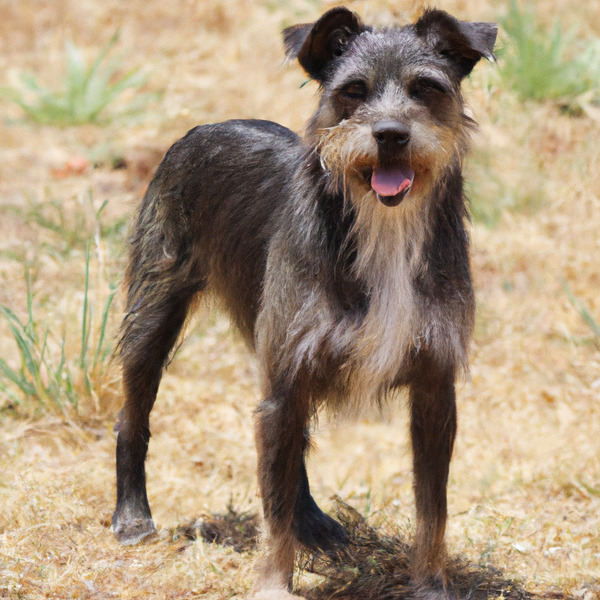
Tenterfield Terrier
Silkytie vs Tenterfield Terrier
